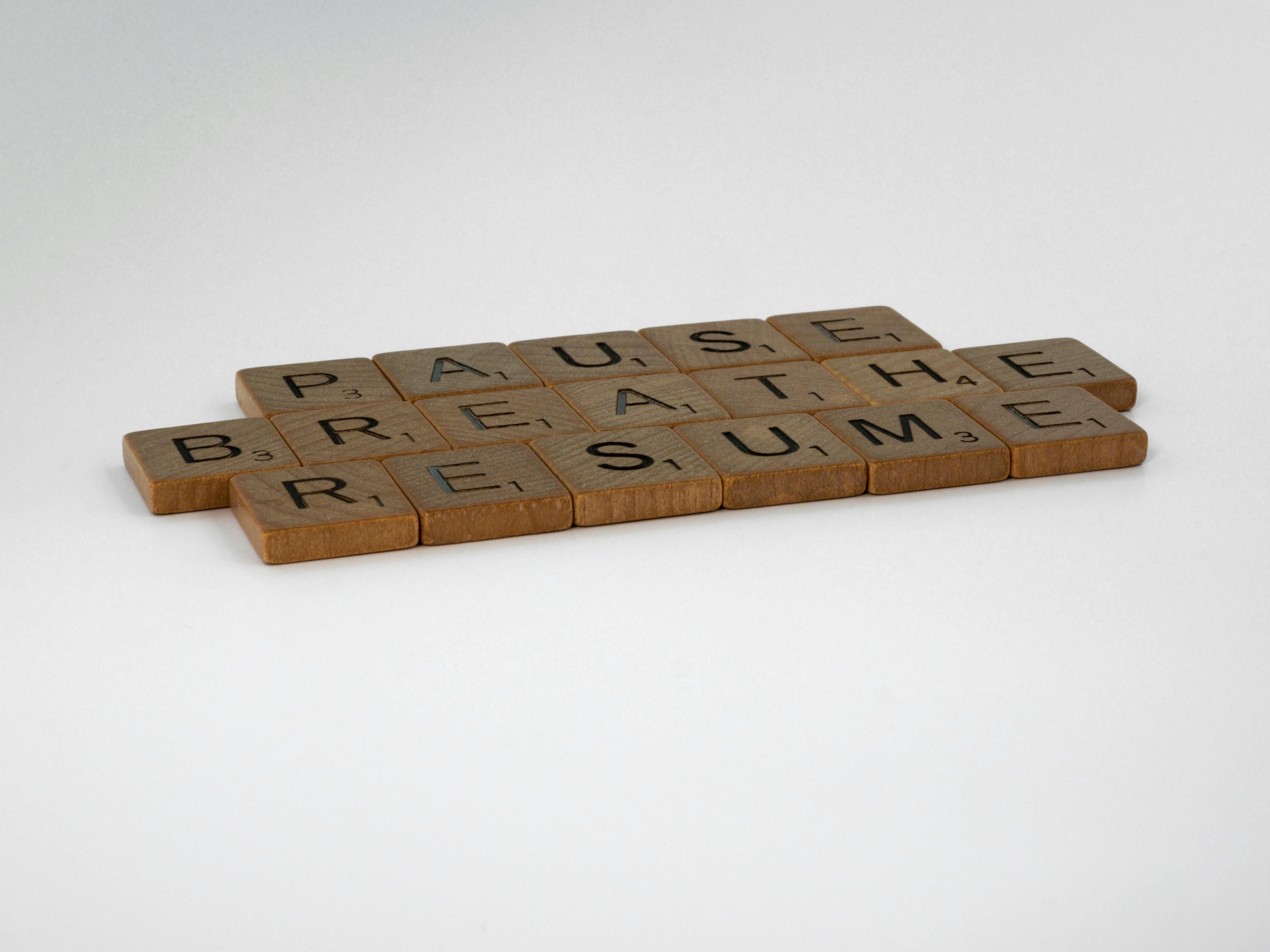CLLVH
Not All Breathing Is The Same

Are You Breathing Too Much Without Realising It?
(And How That Might Be Draining Your Energy)
You know those days when you’ve barely moved, yet you feel tense, tired, and oddly out of breath?
It’s not your imagination — and it might have more to do with how you’re breathing than anything else.
A lot of people breathe more than they actually need to — all day, every day — without even knowing it. I’m not talking about gasping or panting. I’m talking about a sneaky habit called chronic low-level hyperventilation (or CLLVH for short).
What is chronic low-level hyperventilation?
It’s a fancy way of saying you’re taking in just a little too much air, too often.
Instead of the slow, steady nasal breathing your body thrives on, you’re breathing faster or bigger than your energy needs require.
At first, that sounds like a good thing — more oxygen, right?
But here’s the catch: over-breathing actually reduces how much oxygen gets delivered to your muscles, brain, and organs. It’s a chemistry thing (the Bohr effect dives into this side of it for those of you that want to go deeper into that side of it) — but basically there’s a delicate balance between Oxygen and Carbon Dioxide that ebbs and flows with physical demand and when that gets thrown out, it can lead to a decrease in Co2 in our bloodstream. This then alters the blood’s PH balance and can affect our hemoglobins affinity for oxygen and therefore it’s ability to release oxygen to tissues at a cellular level.
How modern life trains us to over-breathe
Two big culprits:
- Sedentary lifestyles – Hours stuck behind a desk, our breath gets shallow, our posture slackens and our diaphragm gets compressed. So we start to breathe more into the upper-chest. The diaphragm gets lazy, the ribcage stiffens, and breathing becomes quicker and less efficient.
- Mouth breathing – Bypassing the nose means you lose natural filtration, humidification, and the nitric oxide boost that helps your blood vessels deliver oxygen. It’s faster and easier to over-breathe through the mouth. A quick little test for your awareness on this, time how long it takes to fill your lungs breathing in through your nose and then do the same breathing in through your mouth. It’s quite the difference!
Why this matters for your energy, focus, and recovery
Chronic low-level hyperventilation can lead to:
- Persistent neck and shoulder tension
- Cold hands and feet, or numbness and tingling
- Brain fog or poor concentration
- Faster resting heart rate or palpitations
- Poorer exercise recovery
- Trouble relaxing or sleeping deeply
In other words — it can feel like you’re running on low batteries all the time.
How to spot it in yourself
You might be over-breathing if:
- You breathe through your mouth at rest
- You take more than 12 breaths per minute when sitting quietly
- You sigh or yawn often
- You notice tension in your neck and upper chest when you breathe
Try this today — a 5-minute reset
Here’s a quick routine you can do almost anywhere to reset your breathing:
- Set up: Sit or lie down comfortably. Close your mouth making sure your lips are relaxed and your teeth don’t touch, rest your tongue gently on the roof of your mouth just behind your front teeth
- Anchor: Feel your feet on the floor — heel, ball of the big toe, ball of the little toe. Let your pelvis feel heavy and supported, so that there’s just a little more weight on the back of the pelvis. You can also use your hands to check that you’re not overusing your back muscles to sit too upright and them just rest them on your thighs or in your lap. Now try to create a sense of length through the spine, through the back of the neck and right up into the crown of your head. You may find that even just doing this new posture, your body will take an almost sighing big breath in, and your shoulders may have relaxed.
- Breathe: Take a nice slow inhale through your nose for up to 3 counts, and try to bring your awareness of that inhale going into the side of your ribs and right down into your pelvis. As you exhale for a slow 6 count through your nose, bring your awareness to it coming gently first from the deep lower abdomen and then the side ribs. You should start to feel a sense of strength and stability through your spine as your postural muscles reset.
- Soften: Keep the breath quiet and small — you shouldn’t feel like you’re “topping up” with a big breath. The 3/6 count is a goal, so if it’s taking too much effort and focus on that timing, then work with a shorter count that feels doable and calming. You want to be able to maintain this for a few minutes, so it’s counterproductive if you’re having to work too hard.
- Get up and Move! Take a walk, find some stairs, do some squats, just get your body moving and out of the fixed position it’s been stuck in. Even if it’s just standing up and down a few times at your desk, or moving your arms around, just something to get your blood pumping.
If you can, try this two or three times during your day — especially after long periods of sitting and the breath work can be done lying down as your getting ready for bed.
Small changes, big impact
By retraining your breath to be slower, nasal, and more efficient, you’re not just “breathing better” — you’re improving oxygen delivery, calming your nervous system, and supporting better posture, core function, and energy.
Ready to start your healing journey?
Discover the power of movement therapy to heal your body and improve your quality of life. Schedule a consultation today!

